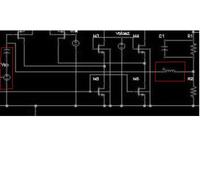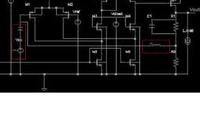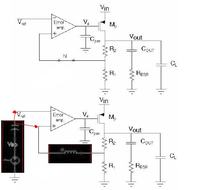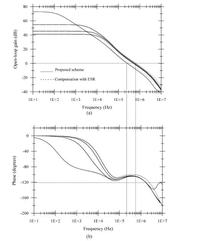perado
Full Member level 2

why we should draw frequency response for open-loop circuit in LDO that uses feedback?
Isnt true that draw this for feedback circuit?
what I should do to draw frequency response of a LDO circuit?
Isnt true that draw this for feedback circuit?
what I should do to draw frequency response of a LDO circuit?








